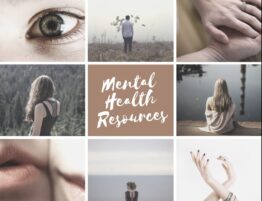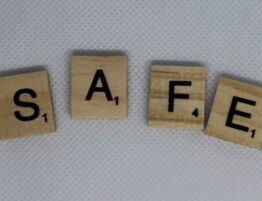
This may sound strange—but I love the fact that we’re talking about mental health issues today. While I hate that millions of teenage students struggle with such issues, at least we’re finally addressing them, rather than hiding from them, and beginning to take action against anxiety, panic attacks, depression, and other disorders.
Nearly everyone on planet earth experiences some anxiety.
Luna Greenstein, of The National Alliance on Mental Illness states:
“This fact is both positive and negative for people who live with anxiety conditions. It’s beneficial because most people have some understanding of what anxiety feels like and may be more sympathetic to someone who experiences daily symptoms. But because anxiety is ‘normalized,’ it can often be downplayed as a feeling everyone experiences rather than a serious health condition. Example: ‘Oh I know exactly how you feel. I had a panic attack last week when I thought I lost my wallet.’”
Remarks like these can make someone who actually experiences a genuine anxiety disorder feel dismissed. This is why it’s important for us to recognize the difference between feeling “anxiety” and having an “anxiety disorder.”
Anxiety
This is the emotion we all feel when we become overwhelmed with too much happening or with the feeling of being out of control. Life naturally brings stressors with it.
- We can’t find something important.
- We feel we can’t make progress.
- We fear we won’t have a good future.
- We are overwhelmed by messaging on our phone.
- We feel nervous or stressed out about a job interview.
- We lose hope over a situation.





